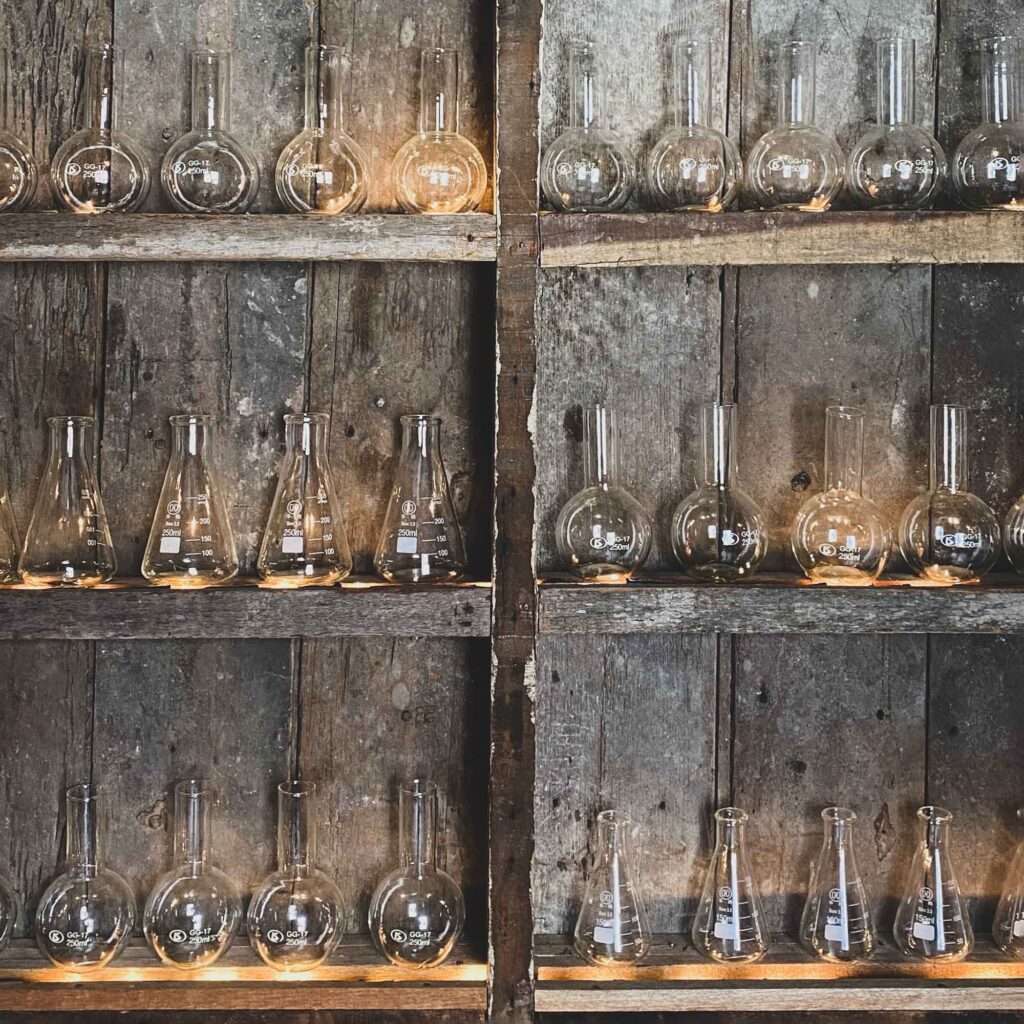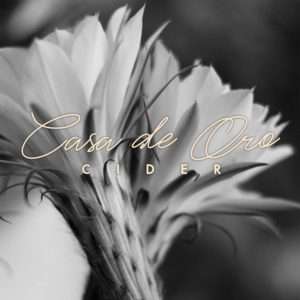So after a lot of searching, a good dose of research and use, I have come to find that my refractometer is an amazing tool. The caveat is that it has limitations unless you have other tools to help you with your cider making. The upside is that in my research about this cool tool, I learned more about what I don’t know and the things I took for granted as a Cidermaker and was able to educate myself on the science behind the refractometer’s measurement scale and some of the methodologies behind how to interpret it’s readings.
How it Works
A cider refractometer works by light first passing through an unfermented liquid with an unknown sugar concentration then through a prism. The degree to which the light bends or refracts through the liquid and prism, is measured on various scales (usually measured in °Brix & another scale sometimes Specific Gravity or Plato) as viewed through the eyepiece on the instrument. This measurement indicates the sugar density and conversely the Potential ABV (pABV).
°Brix and it's Variations
You can’t talk about a cider refractometer without talking about °Brix. Degrees Brix (or °Bx) is a measurement of dissolved sugar in an aqueous solution. 1° on the Brix scale is equal to 1g of dissolved sugar in a 100g solution. There are various formulas though to figure out what the pABV is using the °Bx. Each formula’s method accounts for different amounts of dissolved solids that could also be affecting the refractive index of the test solution as well as various assumed degrees of sugar conversion to alcohol that include but are not limited to the theoretical .551 grams of alcohol per gram of sugar
Alcohols effect on a refractometer Reading
A cider refractometer is calibrated to determine the amount of dissolved sugars in an aqueous solution equivalent to the density of distilled water. Meaning that you will only get an accurate reading of dissolved sugars and therefore pABV before any fermentation has taken place. The reason taking a reading at any other point during the fermentation process will result in an inaccurate reading is due to the refractive index of alcohol in a solution. Alcohol is more refractive in a solution than sugar is in a solution and therefore if a refractometer that is calibrated to measure sugar in an aqueous solution is used to measure current sugar levels in an aqueous solution with alcohol, the reading will not be correct. But fear not there is a solution!
The adjustment calculator for Cider
Luckily the way light refracts through an alcohol solution is a known constant and a formula has been created to adjust a refractometer reading to give an accurate measurement of exactly how much sugar is left in your solution (in my case cider) as represented by Specific Gravity. The reason I even began this information exploration was because of all the other refractometer adjustment calculators I found out there, most of them were calibrated more to accommodate brewers (due to the nature of the sugars they use being different, so to speak, than those of cider or wine makers). The refractometer calculator that I have created seems to be the most accurate for my cider making purposes. I have added it as a downloadable spreadsheet for anyone interested in using it for themselves. You simply have to input the Original Brix & Current Brix and it will compute the Current Gravity. From this Current Gravity you’ll be able to determine what your solution’s actual sugar content is. This allows for the use of only 1 instrument that uses only a few drops of liquid to tell you everything you’re looking for.

